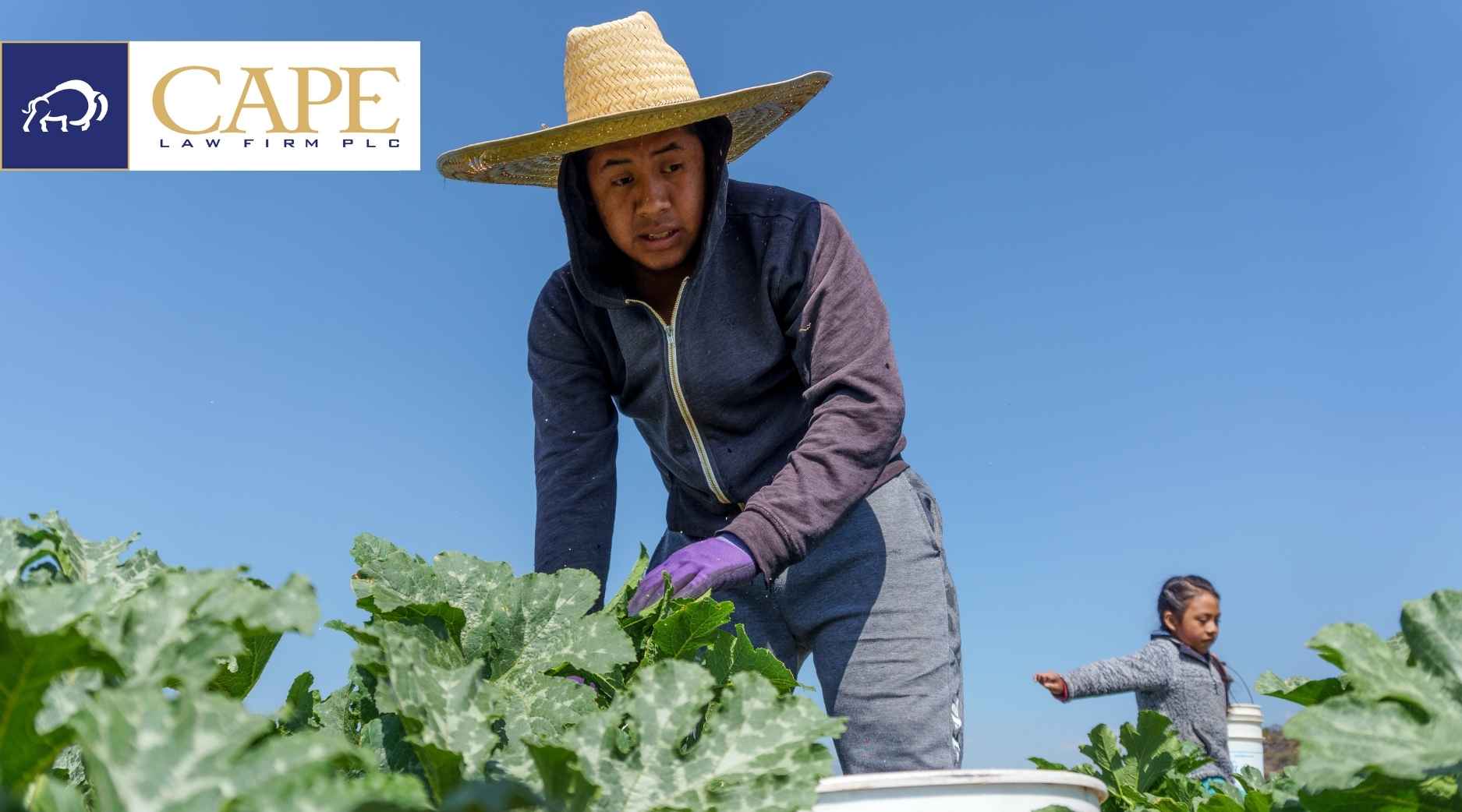The Great Biofuels Debate
A recent Wall Street Journal report framed opposing views in the increasingly contentious debate over Biofuels policy and use in the United States. Policies seeking alternatives to fossil fuels have been around for decades, going back at least to the 1970’s when an oil embargo by OPEC countries caused a global energy crises. Government support for alternative fuels, particularly renewable sources such as biofuels, surged forward again in the early 2000’s with legislation that implemented the Renewable Fuels Standard (RNS) mandating the use of renewable fuels in the nation’s fuel supply. The RNS has been a boon to U.S. agriculture, especially for corn and soybean producers, since corn-based ethanol and soy-based biodiesel make up an enormous amount of the domestic renewable fuels used to meet the RNS.
The renewed push to increase the use of biofuels is based largely on environmental benefits and reduced carbon emissions, although reducing reliance on foreign oil is still part of the discussion. But these policies have become a flash-point of debate as shown by the two opposing experts in the Wall Street Journal report.
One side argues that biofuels including corn ethanol is effective at reducing carbon emissions, has become cost-effective with oil, and can take advantage of the existing fuel infrastructure. This is the position of most Ag groups.
Detractors argue that biofuels’ environmental benefits are marginal at best, are cost-prohibitive even with subsidies, and actually contribute to climate-change due to increased adoption of intensive farming for corn and soy.
So which side is right? Both sides point to studies and data that support their positions, but is the data reliable? Or are we being sold on the ideologies (and economic benefits) of the special interests behind the studies? The RNS was supposed to encourage and implement a transition to advanced biofuels, like cellulosic ethanol, but that goal seems to have fallen off (anyone remember the Biomass Crop Assistance Program?). We think each side should be viewed with a healthy dose of skepticism and consideration of who stands to gain.
Too Little Corn for Too Many Chickens
Earlier this month chicken processor Foster Farms claimed that it may have to euthanize millions of chickens because it was not receiving adequate corn shipments from Union Pacific. While the problems were apparently resolved without a mass culling of birds, it is worth pondering the peculiar circumstances that led to the scenario. Part of the problem was due to rough winter weather which impacted the railroad’s shipping schedules. But as has been seen in other sectors, consolidated market structures surely set the stage for a fragile supply chain that threatened to upend the U.S. food supply. Both rail and poultry have evolved into markets with just a few outsized participants with the potential to impact wide swaths of the economy. Considering that the U.S. produced around 13.7 billion bushels of corn in 2022 and ending stocks were around 1.2 billion bushels, it wasn’t a lack of corn that put the birds at risk. Hopefully some of these events will enter the Congressional consciousness as they begin work on crafting a new Farm Bill this year.
Independent Professional Seed Association’s 34th Annual Meeting
The Independent Professional Seed Association wrapped up its 34th Annual meeting in Tucson, AZ last week where several educational sessions were presented to independent seed companies and related vendors. I was fortunate to attend and also honored to present a session on I.P. licensing considerations for independent seedsmen.
Ending keynote speaker, Col. Nicole Malachowski, a decorated veteran combat fighter pilot, gave the group several great pearls, including this one:
Nothing of significance is ever accomplished alone!
I couldn’t agree more! Be sure to remember all the people that have helped you along the way and to help others on their own path too.





